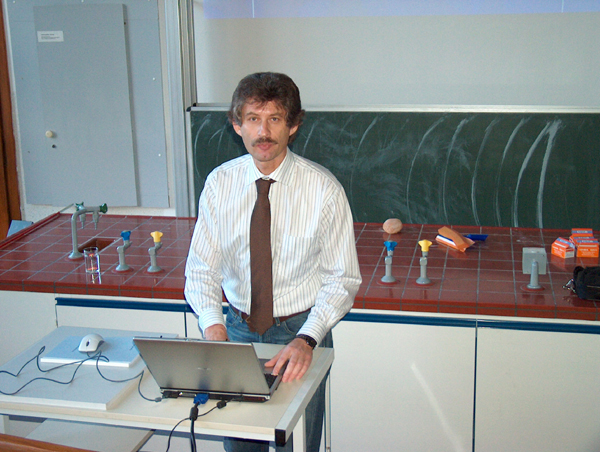

on devices made at the University of Virginia and b) the spectroscopic measurements of energy levels at WSU on the same films used for the devices. Josh Choi's groups (University of Virginia) allows a) the measurement of parameters such as Voc, Isc etc. are measured.įilms of P3HT, PCBM and other organic polymers as well as their blend and perovskite (MAPbI3) are spin cast on n-type Si and ITO and then analyzed at WSU by XPS and UPS. Spectroscopic information allows the construction of energy band diagrams that are used to study organic heterojunctions.Ĭollaboration with Prof. Organic photovoltaic devices are made at the University of Virginia and parameters such as Voc, Isc etc. A variety of polymeric and hybrid nanocomposites materials are also investigated by XPS/UPS and AFM (WSU).

These results could have an important technological impact in the construction of new direct formic acid fuel cells (DFAFC).Ģ.

These bimetallic surfaces show important improvement toward electro-oxidation of Formic acid and enhanced lifetime activity. They are working on this project which is supported by a three year NSF grant. Undergraduate students ( Frankie Roberts )

These systems are investigated by AFM, XPS/UPS, TEM, XRD, and CV and CA. The synthesis of bimetallic core-shell nanoparticles structures is an important portion of this research. This research is conducted in collaboration with Prof. Fuel cells using model layered bimetallic materials (Cu, Ni, Co, Au and Ag as supporting materials) and Pd as active surface for electro-oxidation of formic acid. STM image of co-deposited F16CoPc and NiTPP AFM image of P3HT spin cast of Si AFM image of C60(CN)2 spin cast on Siġ. (AFM) and Scanning Tunneling Microscopy (STM) Scanning Probe Microscopy: Atomic Force Microscopy Photoelectron Spectroscopy Techniques: X-rays (XPS), Electron (Auger) and Ultraviolet (UPS)


 0 kommentar(er)
0 kommentar(er)
